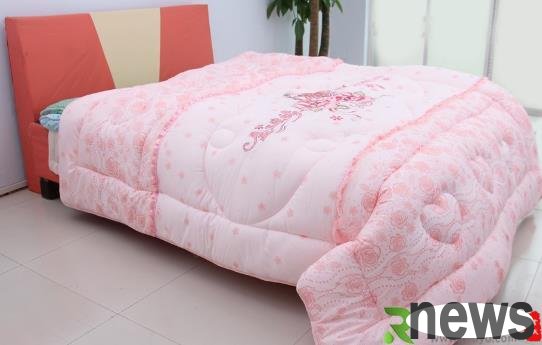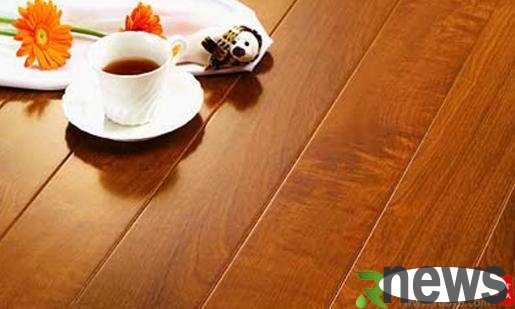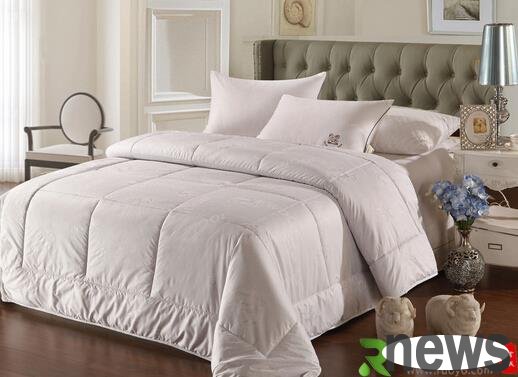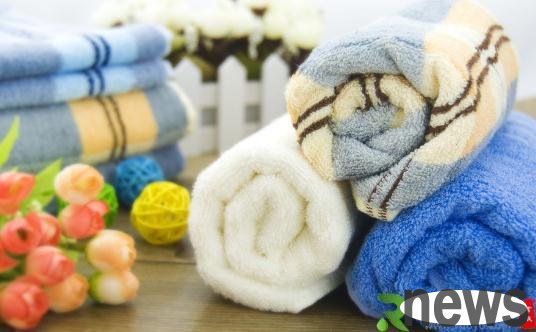Cleaning and maintaining decorative fabrics
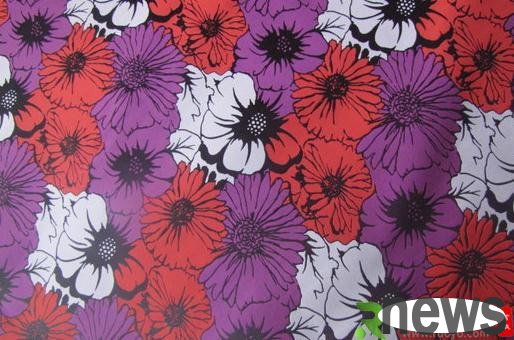
Cleaning and maintenance methods for decorative fabrics
Matching knowledge of decorative fabrics
1. Various colors should be unified.
Soft decorative fabrics, avoid being messy. Generally, warm, soft and quiet neutral colors should be used. Avoid bright and purple, which can make the indoor atmosphere bright and relaxed, which is conducive to supporting the furniture, fully reflecting the central color of the room, and achieving the artistic dog effect of seeking changes in coordination.
2. Pay attention to determining the main color and overall configuration.
In the same room, pay attention to the decoration and furniture color. The overall matching should be determined according to the size of the space. In the spacious space, fabrics with slightly larger and distinct colors can be used. Small spaces should be made of fine lines or full-color fabrics, and all fabrics should be used.
3. In the selection of fabric texture, it must also be unified with its function.
For example: when decorating the living room, you can choose gorgeous and beautiful fabrics, when decorating the bedroom, you should choose smooth and warm fabrics, and when decorating the kitchen, you can choose strong and easy-to-wash fabrics.
Generally, the elderly and weak should use warm colors in rooms, young people should use cool colors, and children should use bright and bright colors.
Knowledge of dressing up decorative fabrics
The hot summer is coming, and special attention is needed to change the fabric to change the cool decoration of the room:
1. Avoid using cold-toned fabrics with too strong colors, especially when used on a large scale;
2. Pay attention to white space, and try to appear orderly as much as possible to avoid messy colors;
3. The texture of the fabric is light and the texture is smoother, and the texture is cooler.
Cleaning of decorative fabrics
Curtains:
Do not use bleach when cleaning curtains. Try not to dehydrate or dry them. It should be air-dried naturally to avoid destroying the texture of the curtains themselves. Ordinary cloth curtains can be scrubbed with damp cloth, but fabrics that are easily shrinkable should be dry-cleaned as much as possible; curtains made of canvas or hemp should be dipped in a sponge with some warm water or soap solution, and rolled up after drying; when cleaning velvet curtains, you should first soak the curtains in a neutral cleaning solution, press them lightly with your hands, wash them, and then place them on the rack to make the water drip dry naturally, which will make the curtains clean as new.
Wall cloth:
Usually, only a semi-wet clean towel is wiped with a part of the dust. The towels should be cleaned in time, and the stained parts can be properly cleaned with detergent, which has a particularly good effect. But it must be cleared in time and do not delay time. Just be careful not to touch the joints of the wall cloth when wiping. It is best to do it yourself and not leave it to the nanny and hourly work, so as not to force and hard rub it, causing losses to the wall cloth.
Bedding:
Cotton fabrics should not use detergents containing bleach ingredients. Generally, the soaking time should not exceed half an hour and the water temperature should not exceed 30℃. Silk, silk cotton, and soy fibers should not use detergents containing biological enzymes. It is recommended to use silk wool detergents. Add some vinegar to increase the luster when washing; wool and cashmere should be careful to avoid long-term soaking, and detergents containing biological enzymes should not be used. Other detergents should also be used with caution; silk, bamboo fiber, and chemical fibers should not be soaked in high-temperature water, silk and bamboo fibers should not be thrown dry when washing, and the surface of velvet fabrics should not be ironed; flax products should not be rubbed or twisted hard when washing.
Sand release:
Clean it once every six months. In case of soiling, you can choose a special cleaner for the sofa or carpet, dip a clean white cloth into a small amount of medicine, and wipe it repeatedly on the dirty areas until the stain is removed. Do not wipe it with a lot of water to prevent water from seeping into the inner layer of the sofa, causing the inner frame of the sofa to be damp and deformed, and the sofa shrinks, affecting the overall appearance of the sofa. It is best to wipe it from the outside of the stain. Velvet furniture should not be dipped in water, and dry cleaning agents should be used. If there are large areas of stains, please ask a professional to clean them.
Maintenance of decorative fabrics
Curtains:
1. Use a flexible brush or (chicken feather broom) to remove dust frequently when cleaning (maintenance).
2. You can also use a vacuum cleaner to clean it and use a vacuum cleaner equipped with a flexible brush for the best effect.
Wall cloth:
The problem of wall cloth maintenance is actually very simple. When the construction starts, it actually involves maintenance issues, because the wall cloth cannot be ventilated after being pasted and needs to be dried naturally. If ventilation is performed, it may cause cracks in the joints and curling edges. Then, after pasting, when laying wooden floors and entering furniture, you need to be careful not to let the construction or installation personnel get damaged, because even if the fingernail is as big as the fingernail, it will have a little color difference, and the damaged area is more difficult to repair than other problems. Extending life is a common habit. Be careful not to scribble on it, you cannot directly collide with hard objects to wallpaper. If you find that the wall is refluxed, you should deal with the wall in time or make waterproof.
Bedding:
Cotton and linen products are folded neatly when collecting them, and a certain amount of mothballs should be placed in dark places, low humidity and well-ventilated places; wool quilts and down quilts need to be dried and then folded after the quilt is cooled. When storing, insect-proof agent should be placed in a dry place, and should not be heavy pressure, and can be dried; when using silk quilts, if they are damp, they should be placed in a cool place and air-dryed, then folded, and insect-proof agent should be placed in a dry place; white silk products should not be placed in a mothball or placed in a camphor wood box, otherwise they will turn yellow.
Sole release: The handrails and cushions of the sofa are particularly easy to get dirty, so you can put a sofa towel on it. Fabric sofas are prone to dust accumulation, so it is inevitable to regularly use vacuum cleaners and other tools to remove dust, but the brush head should not be close to the fabric to avoid dirt remaining on the cloth or the brush head to hook the thread head; the fabric sofa is not as wear-resistant as leather sofas, so it is best to avoid sitting in the same position all the time. If it is a movable mat, it is best to flip it once a week to evenly distribute the wear part.



